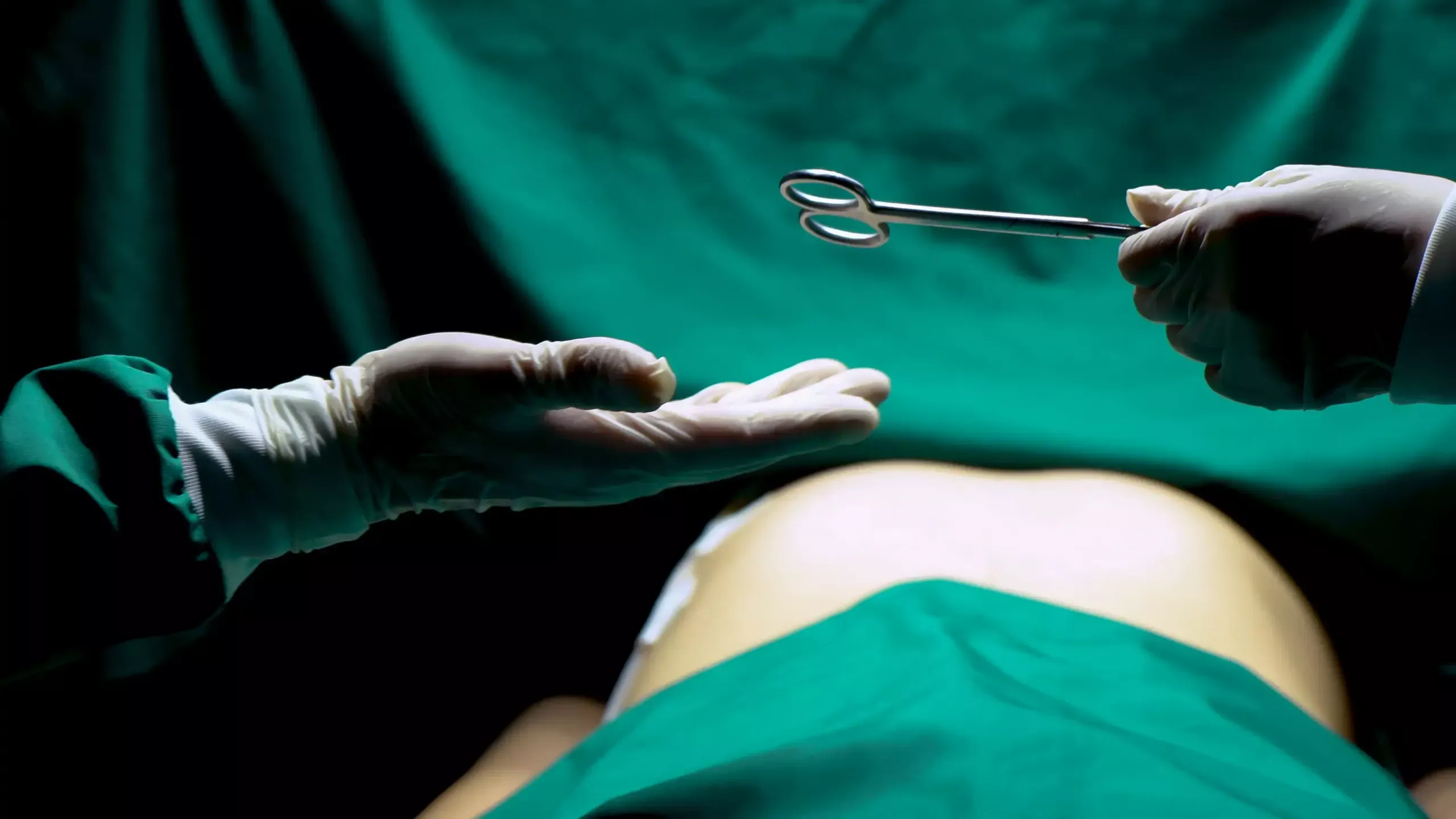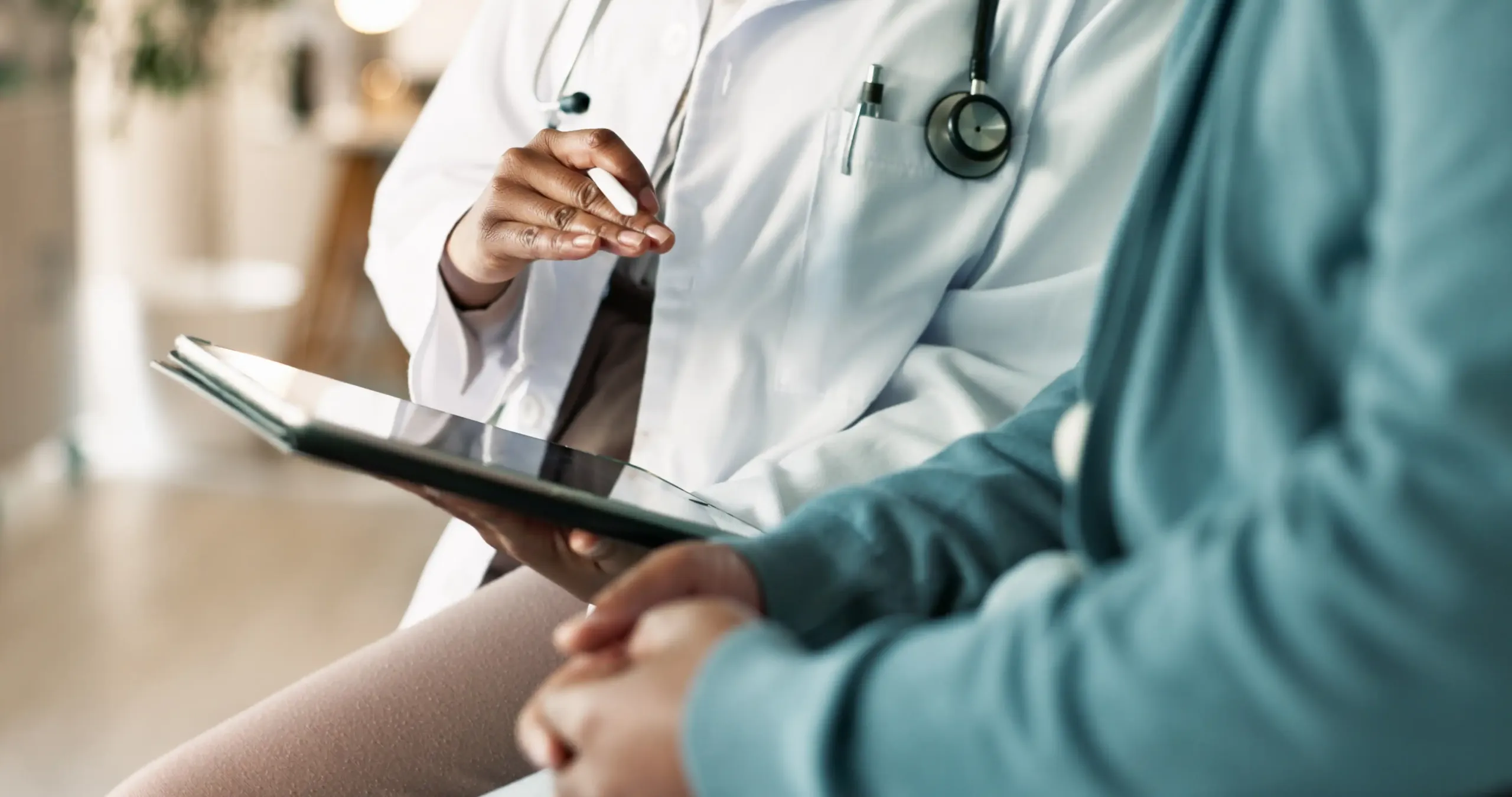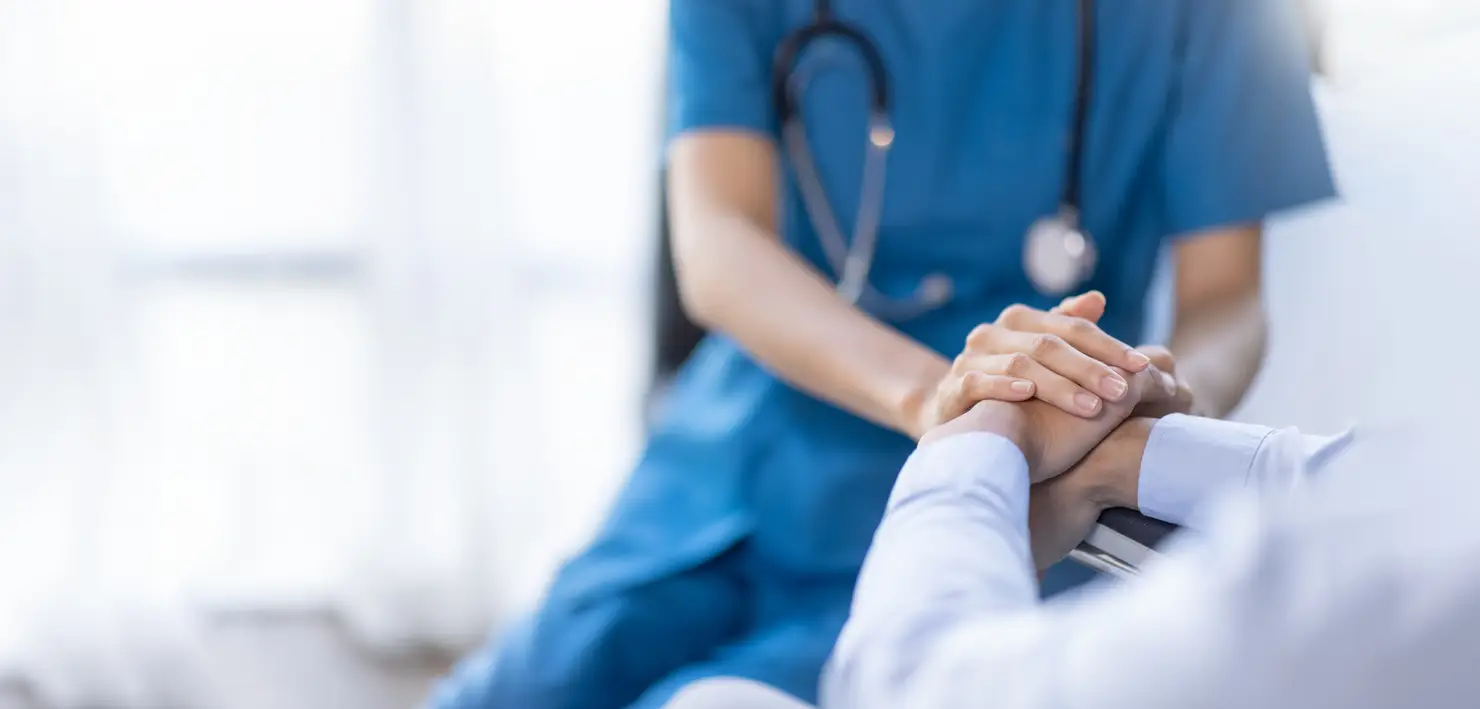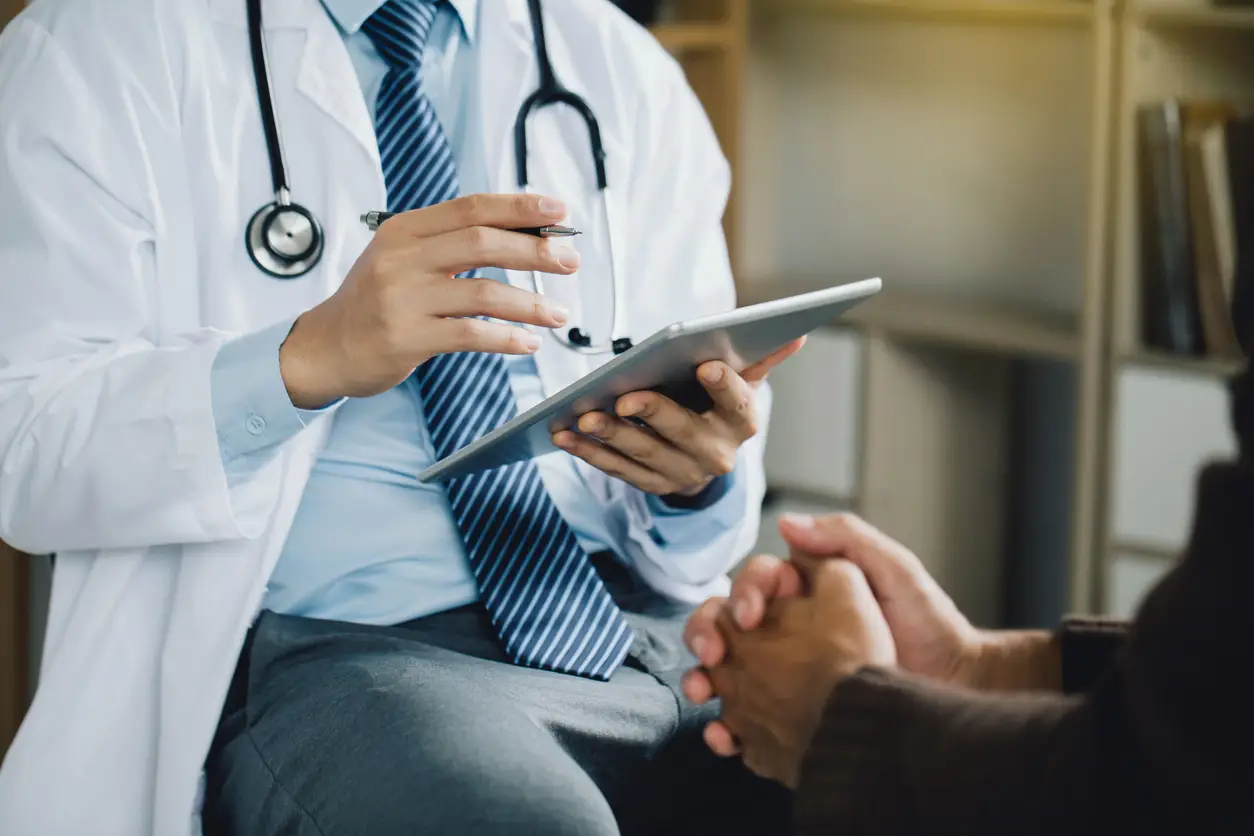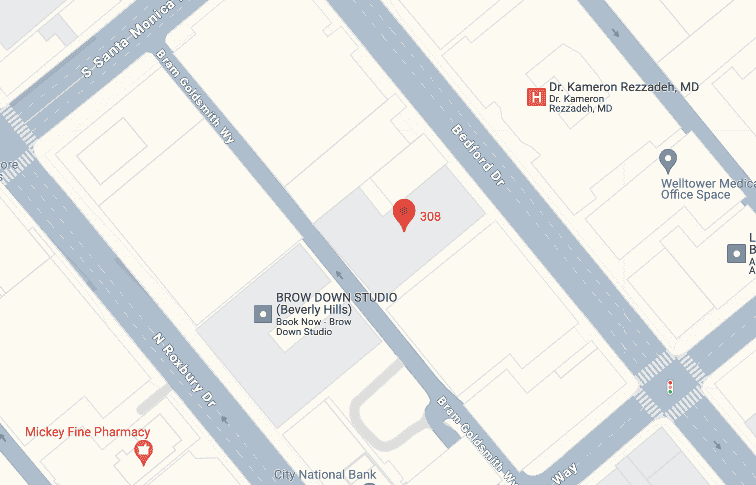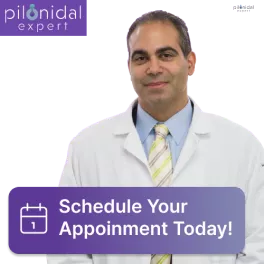The short answer is, they should not. However, some patients may have advanced chronic disease, that secondarily is affecting their physiologic system as a whole, and this could lead to bowel problems.
What is a pilonidal cyst, and how does it form?
Pilonidal cysts are sacs of tissue that form under the skin, usually filled with fluid and hair. Pilonidal cysts can also contain pus and blood when they are infected. The most common symptom is pain on and around the affected area.
An abnormal sac of tissue, pilonidal (pie-low-NIE-dul) cysts are generally found in the tailbone region, at the bottom of the spine or near the top crease of the buttocks. Researchers do not fully agree what is at the root of the cause of pilonidal cysts, but gather it is a combination of changing hormones, hair growth and hair type, as well as friction and pressure from physical activity or prolonged sitting. A cyst forms in the backside when hair dislodges from its follicle, causing an inflammatory response that cavitates into adjacent follicles, which leads to a failed feed-back loop. The body then forms a sac around the hair to protect itself from a potential threat, thus creating a cyst. In creating this sac under the skin, it is likely to fill with hair, fluid, and other debris.
Read more : Understanding Pilonidal Cyst Symptoms and When to Seek Help
Pilonidal cyst symptoms
There are many possible symptoms, and one might not experience all, but instead a combination of a few. Here’s what to expect:
What can pilonidal cysts lead to?
If not met with the appropriate treatment, pilonidal cysts can become chronic, develop into abscesses, form sinuses and cavities beneath the skin.
Explore more : Is Pilonidal Cyst Surgery Worth It?
Pilonidal disease patterns
Patients who experience complex or recurrent cases of pilonidal cysts are diagnosed with pilonidal disease. If the pilonidal cyst becomes infected and goes untreated, it is likely to develop into an abscess and form cavities with multiple pits inside the skin. Some treatments merely remedy the pain and infection, and leave the sac intact. In leaving the sac under the skin, the abscess is likely to get re-infected, prompting recurrent pilonidal disease. In order to avoid chronic cases, medical providers tend to take the surgery approach. More common than not, medical providers will opt into fully removing the sac, to reduce the risk of recurrence.
At-home remedies and preventative care
For mild cases of pilonidal cysts there are some at-home remedies available. These include:
Maintaining good hygienic practices is probably one of the best and easiest ways to treat current and prevent future pilonidal cysts. Taking daily showers and washing the affected area with soap, will keep unwanted bacteria at bay, and soaking the affected area in daily baths can help the cyst drain on its own. Over time and at-home care, there is a high likelihood that the cyst will reduce in size, and the pain will subside.
Please seek medical attention at any stages of your pilonidal cysts, especially if the symptoms do not get better, if you are experiencing nausea, fever, or extreme pain. If a cyst is actively infected, the cyst is treated by a procedure called “drainage.” The provider will numb the area and take a scalpel to open the wound. The drainage procedure does exactly that, it drains the cyst of the fluid and buildup that are potentially inside the cyst. Drainage procedures treat the infection, but do not treat the actual cyst. The cyst will require a later procedure, once the infection has subsided.
Contact a Colon and Rectal Surgeon
For help with pilonidal cysts, contact Dr. Allen Kamrava, a compassionate and dedicated colorectal surgeon based in Los Angeles! Make an appointment to ease your pain and discuss what treatments are best for you, (424)279-8222.

